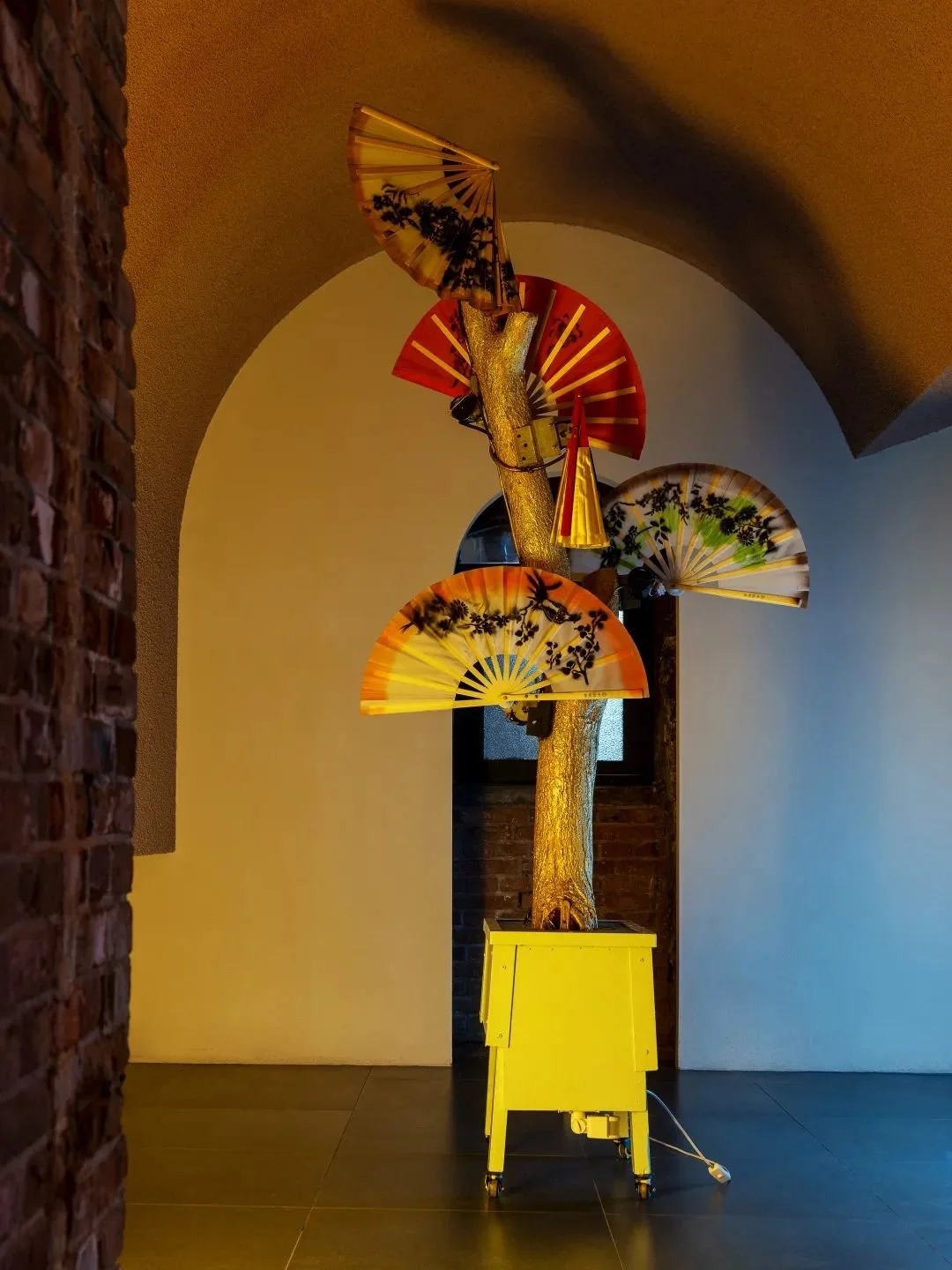Topo-Urbanism
Curated by Zhu Sha
For this project, a dozen-plus Chinese and international artists—including Sui Jianguo, Zhao Gang, Zhang Wei, Wen Ling, and Teppei Kim—bring their works into Beigou Village. Paintings, installations, and sculptures appear inside WA Museum, in vegetable fields, atop village rooftops, and even on the exterior wall of the village committee building. Within this artistic atmosphere, Beigou Village tells the world the story of the rural cultural renaissance.
Historically, cities grew beside rivers where people gathered to live, work, and build collectively. By the seventeenth century, we saw how rising civic classes—voices of the Enlightenment—began assembling in public spaces like riverbanks, squares, town halls, and theater entrances to debate shared causes and shape communal identity. Much of human progress originated here, yet not all regions shared the same destinies.
To turn away from the city is to seek refuge from certain imperfections. Our modern world is in constant flux, dominated by technology and massive mobility. At the same time, we may feel faint nostalgia for the rural: most of us born after the founding of New China descend from village migrants. Since Odysseus returned to Ithaca, literature has done little for our homelands, leaving us to construct imagined landscapes from memory.
“Topo-Urbanism” is such a landscape: the show is both a social-historical event and a means of constructing experience. Beigou is a two‑kilometer mountain hamlet with fewer than four hundred residents. It contains a transformed tile-factory hotel, a boutique homestay, and a newly built museum. It is neither a remote country nor a dense urban center—not a planned‑economy experiment plot nor a suburban development zone—but rather a localized expression of urban traits: a living hybrid that reflects thoughtful reflection on city life, resisting complete surrender to the rural.
We hope to create something more like Stockholm’s cultural centers in miniature than Marlowe’s private cultural estate. We envision museum-goers playing ping‑pong in the gallery, artworks spread across the hills—not shut away in closed rooms. Yet such freedoms prompt new questions: Just as intellectuals once feared mass culture as a form of degeneration, might today’s critics view public art similarly?
Art meant to provoke thought, not just to be observed. This exhibition aims to stay humble and free, deeply rooted in place, so that we may set aside concerns of yesterday or tomorrow, and focus on the timeless present. Ultimately, as Thoreau wrote, let the world preserve itself in the wilderness.
—Zhu Sha (x1000.co)





